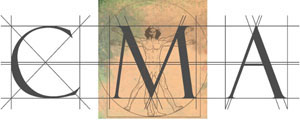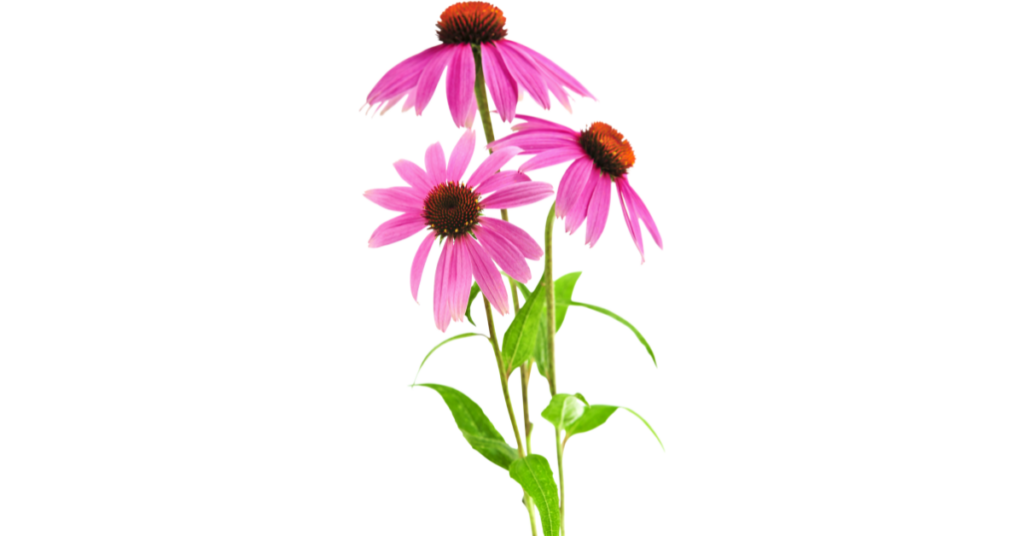Echinacea (Echinacea augustifolia)
This herb’s flowers look like a hedgehog, which is where it takes its name from, the Greek word “echino” meaning hedgehog.
It was at one time the best known remedy for snakebite and was used by Native Americans for both viral and bacterial infections. The United States Dispensatory stated more than 100 years ago that a tincture of Echinacea gave an increased resistance to infection.
Other names: Purple cone flower, Kansas snakeroot, black-eyed Susan, sampson root, comb flower, hedgehog.
Description and places it grows
Perennial with purple or white flowers that come out in mid to late summer. Native to Central and West America; a very common wildflower in Texas.
Parts used
Dried root and rhizomes.
Uses
Antiseptic, antiviral.
Boosts immune system. Stimulates the production of white blood cells that fight infection. It is noted that it destroys cold and flu viruses and lessens the severity of a cold or flu.
Respiratory tract infections; beneficial to use where there is excess catarrh.
Tonsillitis / sinusitis.
Glandular fever; useful due to its effect on the immune system, and its antiviral properties.
Other uses: Cuts and wounds, cystitis, allergies, infected gums, skin conditions such as eczema and psoriasis if used in skin ointment.
Constituents
Essential oils, polysaccharide (gives it its antiviral properties) isobutylalklamines, glycosides, resin, sesquiterpene, betain and inulin.
Contraindications
Essentially non-toxic when taken orally. Do not take if you have any of the following conditions; autoimmune disorders including HIV infection, multiple sclerosis, lupus. Do not take if you are allergic to the daisy family. It is not contraindicated in pregnancy or lactation.

